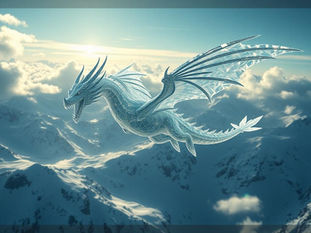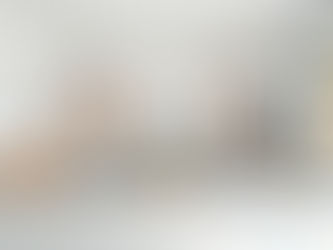
Leonardo AI Just Launched Two Game-Changing Updates: Video & Custom Models
Jun 7
3 min read
0
13
0

Leonardo AI recently released not one, but two major updates that creators have been waiting for. These new features make it easier than ever to bring your AI art to life and train models based on your unique style.
Update 1: Motion 2.0 for AI Video
Generating video from AI is now much easier with Motion 2.0. This update is built right into the AI creation interface. You can find the "Video" option nestled between "Image" and "Flow State" at the top of the screen.
How to Create AI Videos
There are a couple of ways to generate video with Motion 2.0:
Prompt Only: You can simply type in a prompt and Leonardo AI will generate a short video based on your text.
Image to Video: Select an image you’ve already created in Leonardo AI, open it, and click the "Image to Video" option. This uses your image as a starting point.
Prompting Tips for Video
Unlike AI images where detailed prompts work well, shorter, more precise prompts are better for AI video. Think about the main action or scene you want to see.
Exploring Motion 2.0 Examples
Using the image-to-video feature with an image like a superhero holding a gun can produce dynamic results, like a handheld camera panning right. Experimenting with prompts alone can also yield interesting mini-videos, such as a snowboarder going down a mountain or an FPV drone flythrough.
Comparing videos generated with just a prompt versus those using a starting image shows the different possibilities. Both methods can create impressive short clips, adding movement and life to your AI creations.
Managing all these generations and experiments across different AI tools can be time-consuming. If you're looking to streamline your workflow and handle multiple AI art platforms, exploring automation can be a game-changer. Consider how a tool like the Midjourney Automation Suite might help manage your creative process more efficiently.
Update 2: Training Custom Models (LoRAs)
Leonardo AI now lets you train your own custom models. This feature is similar to LoRAs in other AI art tools. You can train the AI on specific styles, objects, and soon, characters.
Finding the Training Feature
The new training option is on the left-hand side menu, under "Advanced Models and Training." Click "Train New Model" to get started.
How to Train Your Own Model
Training requires a dataset of images. Here’s the basic process:
Gather Images: You need multiple images of the style or object you want to train. Using Leonardo AI itself (like with Flow State) is a great way to generate these reference images. Generate several similar but varied images of your target subject (e.g., a specific type of purse).
Upload Dataset: Name your model and upload your collection of images. You can upload up to 50 images.
Set Details: Choose your base model (like FluxDev) and specify the category (Object, Style, Character). You might need a trigger word depending on the base model.
Start Training: Begin the training process. This can take some time, like around 30 minutes.
Using Your Trained Model
Once trained, your custom model appears in your list of models. When creating a new image with your trained model selected, a trigger word or tag (often the name you gave it) will appear in your prompt box. You can adjust its strength to control how much influence it has on the final image.
Custom Model Examples
Training a model on an object, like a black designer purse, can show impressive results. When you use the trained model with prompts like "beautiful woman walking... holding a purse," the generated images consistently feature the trained object. You can also test the model with different prompt styles (product shots, fashion models) and model settings (Dynamic, Fashion, Portrait, Cinematic) to see its versatility.
The AI does a great job of incorporating the trained object, even if the source images weren't perfectly identical (e.g., some had keychains, some didn't). It adapts the core features of the object across various scenes and styles.
Experimenting with training models and generating countless images takes considerable effort. Streamlining these tasks across different AI platforms can significantly boost your productivity. Discover how the Midjourney Automation Suite can help automate bulk generation and management, freeing up more time for creativity.
Conclusion
These two updates, Motion 2.0 for AI video and custom model training, bring powerful new capabilities to Leonardo AI. While these features are still being improved, they offer creators exciting ways to explore new forms of AI art. Keep experimenting, and get ready for even more updates in the future.
For artists working across various AI platforms and looking to optimize their workflows, exploring tools designed for automation can be highly beneficial. Learn more about boosting your AI art productivity with resources like the Midjourney Automation Suite.






